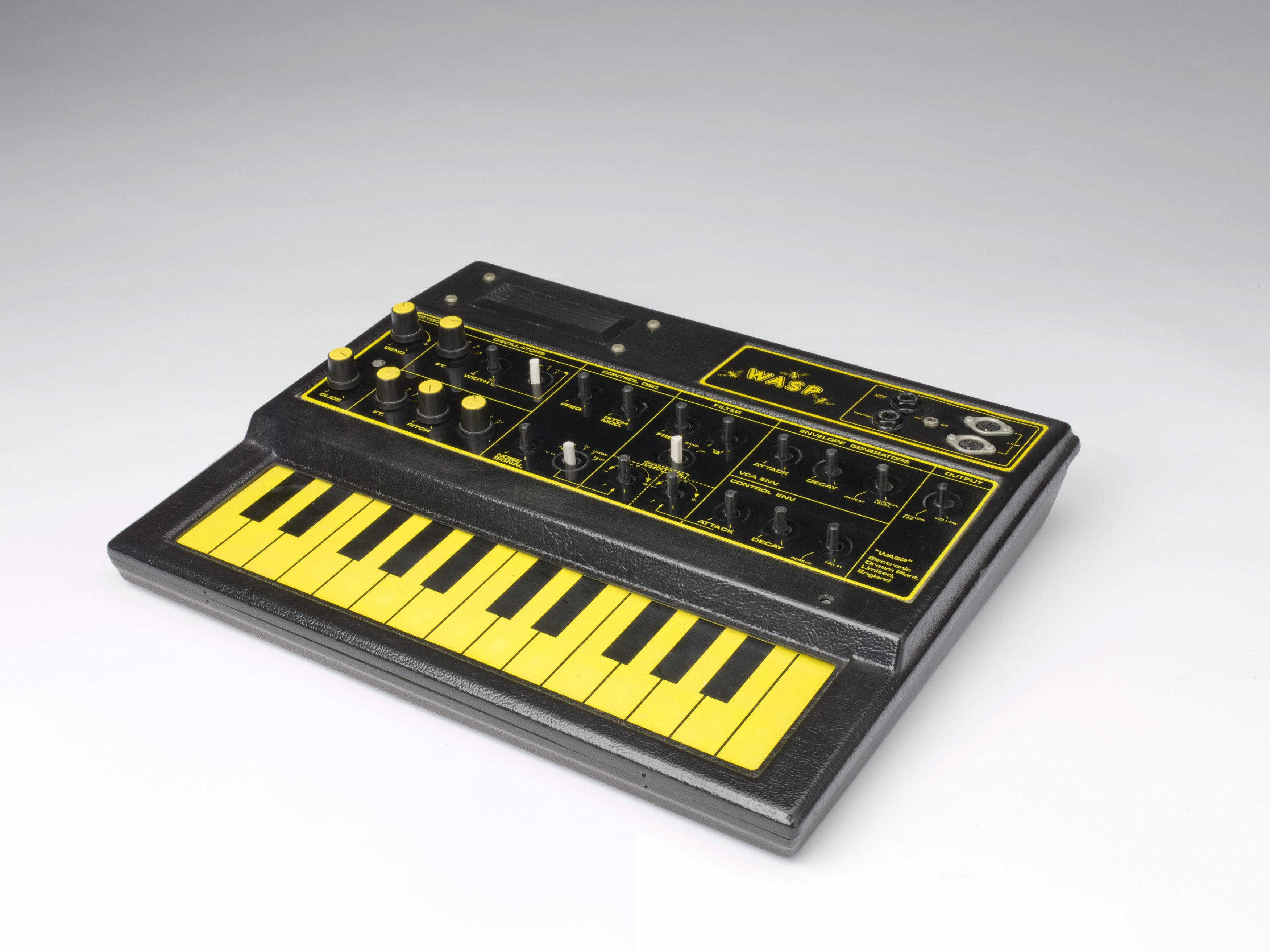
On Tuesday the second phase of Oramics to Electronica opened to the public. To celebrate we’re going to launch ‘Oramix’ – a remix competition.
From iconic galleries like Exploring Space to award-winning newer additions to the museum like Mathematics: The Winton Gallery our galleries make the museum an inspiring place to explore. We also open temporary exhibitions throughout the year covering a range of topics from science and technology to history and photography.

On Tuesday the second phase of Oramics to Electronica opened to the public. To celebrate we’re going to launch ‘Oramix’ – a remix competition.

The Oramics Machine is being installed in the gallery today in preparation for tomorrow’s big opening…
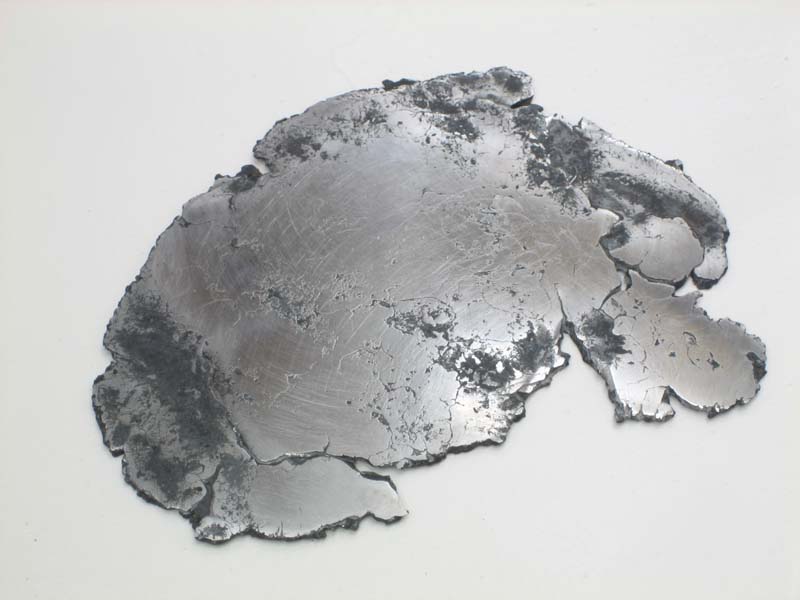
Artworks, made from meteorites that landed on Earth 6,000 years ago, are on show in the Science Museum until 30 October 2011
Later this year the Science Museum’s opening a temporary exhibition that will explore the relevance of our collections to family historians. We’re looking for people who could help us to develop it. One part of the exhibition will focus on a number of different trades and professions. A theme that we are already looking at in an ongoing series of articles for Family Tree magazine. Do you have an ancestor story to tell that relates to one of the areas to be […]
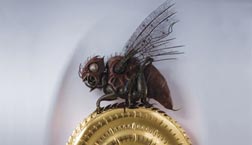
Meet the Chronophage beast, who chomps down on each minute, devouring a whopping 86,400 seconds each day.
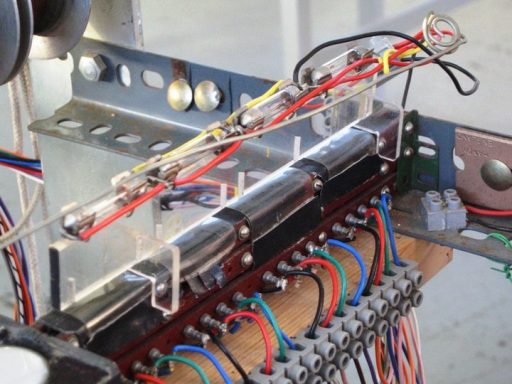
Would you like to co-create an exhibit in our new temporary exhibition together with other musicians and curators from the Science Museum? Then drop us a line before 30 May (noon) and let us know why you love electronic music.
We sometimes find that objects in our collections suddenly become newsworthy because of events beyond the Museum. This beautiful, but small and unassuming, object on display in Cosmos & Culture is now one of them. It’s a prototype gyroscope from the Gravity Probe B experiment, which has been testing predictions made by Einstein’s general theory of relativity: that a massive body such as the Earth should warp and twist the space-time around it. Four spheres like this one – among the most […]
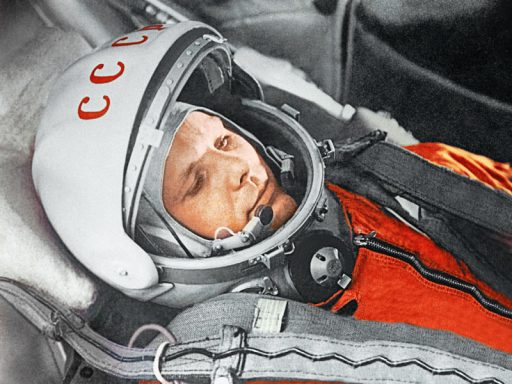
In the run-up to the 50th anniversary of the first man in space the Science Museum’s Yuri Gagarin (drama character) has kindly agreed to blog about how he was selected and trained for his mission to space.
“We have also sound-houses, where we practise and demonstrate all sounds, and their generation. We have harmonies which you have not, of quarter-sounds, and lesser slides of sounds. Divers instruments of music likewise to you unknown, some sweeter than any you have, together with bells and rings that are dainty and sweet…” Daphne Oram, founder of the BBC Radiophonic Workshop, returned time and again to this quotation from Francis Bacon’s 17th century fantasy, The New Atlantis. Now, with help from […]
Our fifth floor gallery, The Science and Art of Medicine, touches on issues as emotive as abortion and third world health – so it is no surprise that it has been the subject of comment over the years. A recent blog post and subsequent comments on Twitter have breathed life into an old debate about the presence of content relating to living medical traditions in the gallery. First some basic scene setting for those who haven’t visited the gallery – […]
For the past six months, I’ve been working on an exhibition Psychoanalysis: The unconscious in everyday life which opened in the middle of October. Curated by Dr Caterina Albano, from Artark at Central St Martins and sponsored by the Institute of Psychoanalysis, the exhibition looks at the workings of the unconscious mind through historical and contemporary artefacts. As well as drawing on contemporary art by artists such as Grayson Perry, Tim Noble and Sue Webster and Mona Hatoum, some of our […]
A few weeks ago, Stewart talked about relics in our collections – often mundane objects that have gained mystique through association with famous historical characters. Recently, I got a close-up look at what’s possibly the ultimate scientific museum relic: Galileo’s body parts. The middle finger of Galileo’s right hand has been on display at Florence’s history of science museum for many years. The museum’s recently been refurbished and (in what’s possibly a cunning marketing tool to entice visitors from the […]